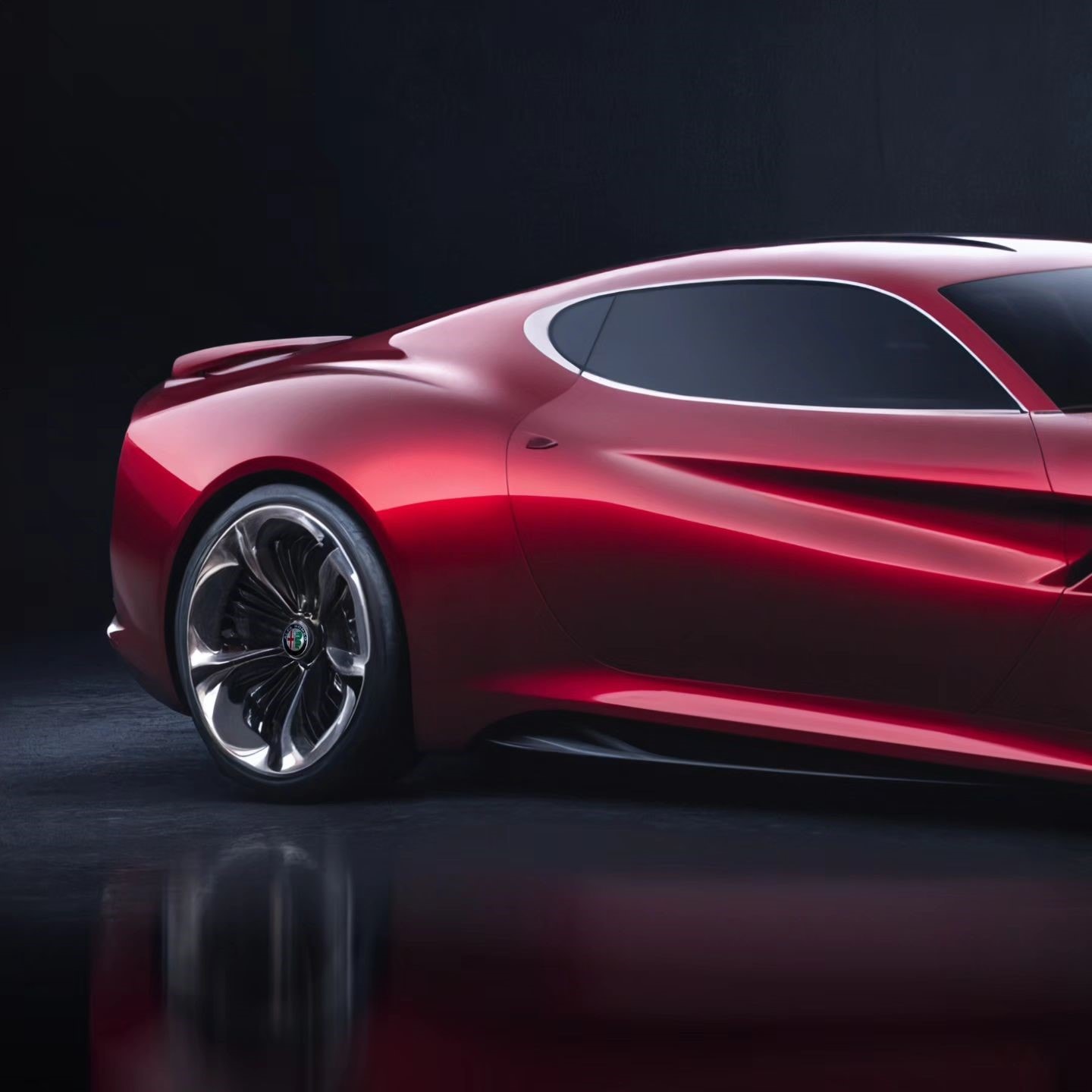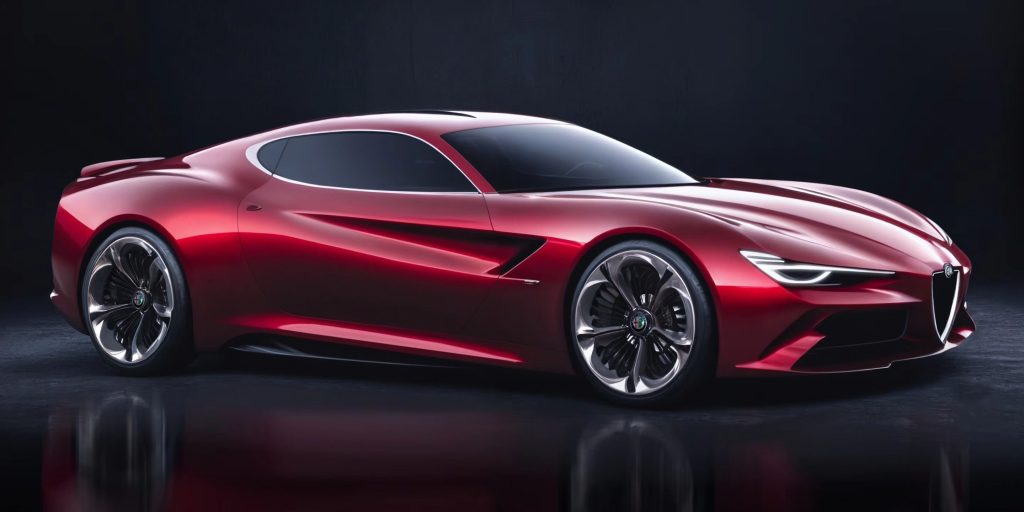Alfa Romeo’s recent resurgence has been marked by a diverse lineup of models, including the Junior subcompact crossover, the Tonale compact SUV, the refreshed Giulia sedan and Stelvio CUV, and the flagship 33 Stradale. While these additions have revitalized the brand, challenges remain, such as the Junior’s unavailability in the US, the Tonale’s modest sales, the aging Giulia and Stelvio, and the limited production of the 33 Stradale.
To solidify its position in the competitive market, Alfa Romeo must prioritize expanding its CUV offerings, particularly in the US, where this segment dominates sales. Additionally, the brand needs to introduce a new model that embodies its sporty and luxurious heritage. A heart fluttering gorgeous grand tourer, as envisioned by digital car content creators, could be just the ticket to capture the attention of enthusiasts and raise Alfa Romeo’s status in the automotive world.
Such a model would not only showcase the brand’s design prowess and engineering capabilities but also appeal to a broader audience seeking a combination of performance, elegance, and comfort. By investing in a new grand tourer, Alfa Romeo could solidify its reputation as a purveyor of iconic and desirable vehicles, attracting new customers and driving sales.
Imagine a modern interpretation of Alfa Romeo’s iconic Montreal, a 2+2 sports car that fascinated audiences in the late 1960s and early 1970s. Inspired by the original design, Luca Serafini, a virtual automotive designer, has envisioned a futuristic GT that blends classic elegance with contemporary flair. With its elongated hood and aggressive vents, this unofficial concept car evokes the spirit of Montreal while offering a look into a potential future for Alfa Romeo’s GT lineup.
While Serafini hasn’t revealed the rear end or specific powertrain details, one can speculate about the potential performance under the hood. A modern-day Montreal could be equipped with a powerful hybrid setup, combining a turbocharged V6 engine with electric motors for a thrilling driving experience. Such a configuration could deliver impressive power and torque, making this hypothetical vehicle a worthy successor to the original Montreal.
To enhance the driving experience, a modern Montreal could also incorporate advanced technologies such as adaptive suspension, regenerative braking, and a sophisticated infotainment system. These features would not only improve performance but also provide a comfortable and connected driving environment.

Furthermore, the design could be refined with subtle details that pay homage to the original Montreal, such as specific wheel designs or interior trim accents. These elements would help to maintain the car’s connection to its heritage while ensuring a fresh and modern aesthetic.
Ultimately, a modern Alfa Romeo Montreal would be a fascinating blend of classic design and cutting edge technology. It would offer a thrilling driving experience while maintaining the brand’s iconic style and heritage. Such a vehicle could serve as a powerful statement for Alfa Romeo, reasserting its position as a leader in the luxury sports car market.

